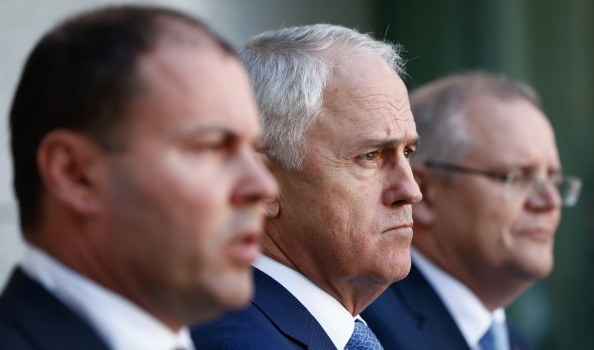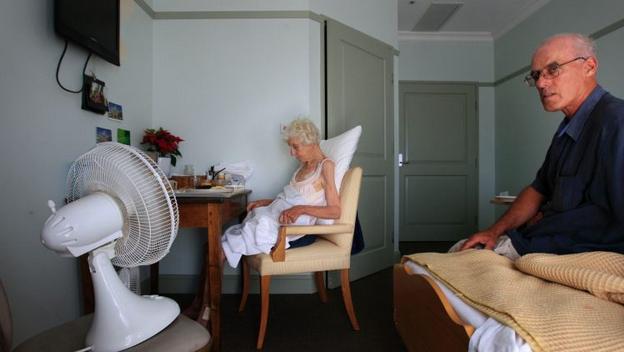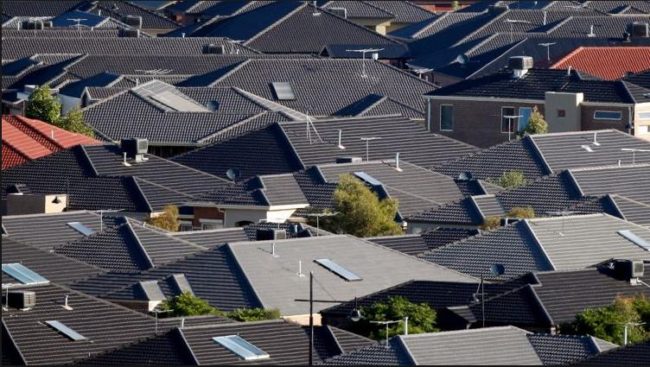
Australia has a gold-plated electricity grid that consumers can’t afford
The privatisation of electricity supply was supposed to produce cheaper prices for all Australians. It hasn’t. The entry of foreign players like Chinese billionaire Ka Ching was not supposed to complicate anything. It has.
We now see a host of companies gouging the public to sustain corporate lifestyles and foreign interests take over the infrastructure.
Australians rightly complain. Within the current political system, mass protest and other public actions may restrict price rises, but ultimately a programme for the future needs to be laid down.
Nationalists look to the higher public good. Is it that some things must never be relegated to a ‘free market’?
It follows that the nationalization of electrical-energy infrastructure and the provision of power (with compensation where appropriate) should be the logical demand. A single public authority should govern electricity and all other energy supply. With the repudiation of the free trade logic (which permits the export of some of the very products needed to produce energy with the resultant driving up of prices), Australians’ needs would be catered for first before the export market and at set reasonable prices.
Free market principles and foreign investment / free trade have been shown not to have been able to do the job of serving the Australian interest. A different economic system must replace it, one that balances public and private interests throughout our system and which always puts Australia First!

The Australian energy system stands as a monument to vested interests. It is a system controlled by owners who are protected from market forces and state governments content to milk consumers for all they’re worth and more — because the rules allow it.
Two-thirds of the grid operators’ income comes from earnings guaranteed by the regulator linked to the value of their networks.
For years, state-owned energy providers have been a cash cow to state governments rather than the revenues reinvested into infrastructure upkeep and renewal. Once privatised, the networks have had to be massively upgraded to provide catch up and to cope with immigrant demand in the cities. To pay for this, power prices have skyrocketed.
Wholesale power prices have jumped up to 240 per cent in just two years, with further price rises looming.
Households have also been short-changed by the well-documented war in Canberra over renewable energy and coal.
The complete lack of long-term policy certainty for investors has led to a shortage of excess energy generation and, therefore, blackouts.
On-Grid Death Spiral
It has also been responsible for surging electricity prices which have encouraged disillusioned consumers to search for alternatives, including the push towards solar energy, batteries and self-sufficiency. These damaging trends for the power industry establishment are accelerating, and they’re in deep trouble.
The only way to mitigate it and to manage it is to revalue down the network assets to recognise their economic value is much lower than it was before these alternatives existed. Without this action, there is a risk many consumers will disconnect from the grid, leaving fewer households — namely those who can’t afford to disconnect — footing the bill for Australia’s gold-plated, high-cost network.
But the power establishment will not surrender their privileges easily. They will lobby governments and regulators for price protection, and will do a lot of damage to themselves before they take any action.
Consumers will not be waiting around for that long if they can escape the power grid. Those with a spare $20,000 can afford to go off-grid. But spare a thought for those low-income households who will be left behind, trapped into supporting a Rolls Royce network.
Who to blame?
 The Turncoat Coalition Trio
The Turncoat Coalition Trio
Substandard Housing Ovens
Those disconnected because of unaffordable power bill hikes, this coming summer many will have houses dependent on electric air conditioners. Without electricity, many new homes way reach 50 degrees Celsius inside. There is a death toll looming, from ‘disconnection heatstroke‘.
When Australia cops the next summer heatwave, many poor quality houses risk becoming solar ovens and literally cooking those inside.
Much of the new build sprawl across Melbourne, Sydney, Brisbane megalopolises fall well below minimum energy efficiency standards; meaning heat is easily trapped inside houses, forcing a reliance on air conditioning, which over-stresses supply and creates blackouts. Inside “hotboxes” in which they cannot cool, humans face deadly heat stress.

Those who cannot afford the electricity hikes will die of heatstroke, especially since state governments have also savagely cut ambulance services and stations.
In Melbourne during the 2009 Black Saturday heatwave, about 500,000 households were left without power and the hot weather killed 374 people, mainly seniors and disabled – more than double the bushfires themselves. Not everyone has the mobility to escape to air-conditioned shopping centres.
Many new builds have ignored sun orientation, eaves or shading, and featured large amounts of glass and energy-guzzling appliances like air-conditioners. Many of the houses on city fringes have no shading and black roofs, which act as solar collectors – death traps.

Black death